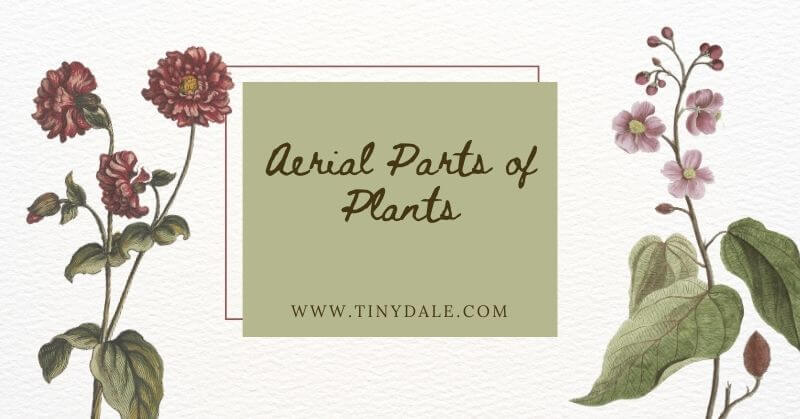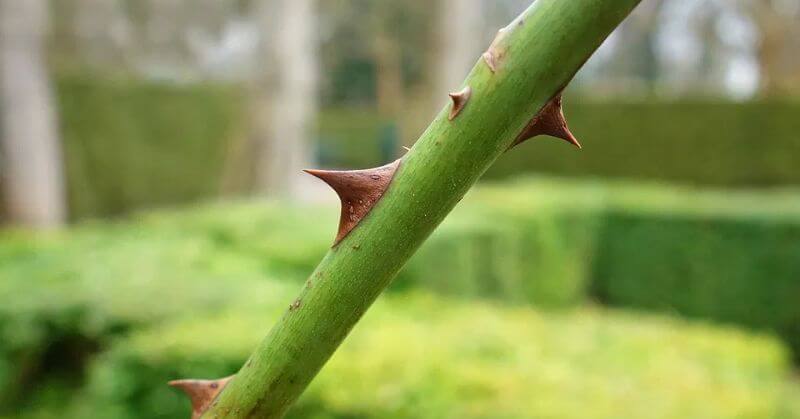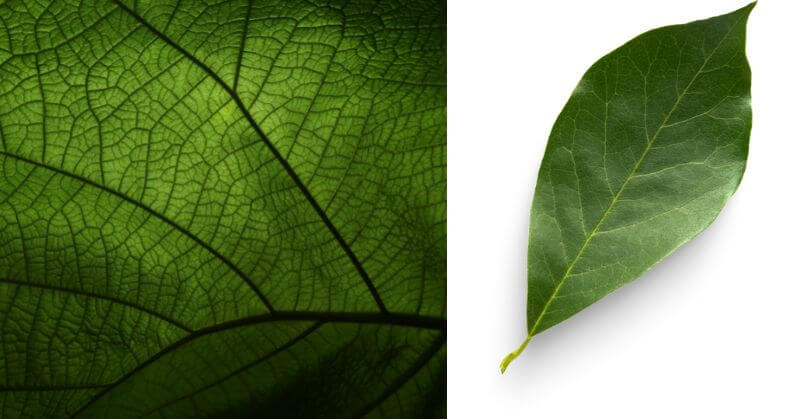Plants are complex organisms with a variety of structures that serve different functions. The aerial parts of plants refer to the parts that are above ground, including stems, leaves, flowers, and more.
Understanding these structures can help you better appreciate the beauty and complexity of the plant world. In this guide, we’ll explore the different types of aerial plant parts and their functions.
What are Aerial Parts of Plants?
Aerial parts of plants refer to the parts of a plant that are above ground, including stems, leaves, flowers, and fruits. These structures serve various functions, such as photosynthesis, reproduction, and support.
Understanding the different types of aerial plant parts and their functions can help you appreciate the beauty and complexity of the plant world.
Functions of Stems and Their Types
Stems are one of the most important aerial parts of plants, serving as the main support structure for the plant and transporting water and nutrients from the roots to the leaves.
There are several types of stems, including herbaceous, woody, and succulent stems. Herbaceous stems are soft and flexible, while woody stems are hard and rigid. Succulent stems are thick and fleshy, storing water for the plant. Each type of stem has its own unique characteristics and functions.
Importance of Leaves and their Adaptations
Leaves are another crucial aerial part of plants, responsible for photosynthesis and gas exchange. They come in a variety of shapes and sizes, with different adaptations to suit their environment.
For example, desert plants often have small, thick leaves to reduce water loss, while plants in shady areas may have larger leaves to capture more sunlight. Some leaves have specialized structures, such as tendrils for climbing or spines for protection. Understanding the adaptations of leaves can provide insight into the plant’s habitat and survival strategies.
Role of Flowers in Reproduction
Flowers are the reproductive structures of plants, responsible for producing seeds and ensuring the continuation of the species. They come in a wide variety of shapes, sizes, and colors, each adapted to attract specific pollinators such as bees, butterflies, or birds.
The male reproductive organs, called stamens, produce pollen, while the female reproductive organs, called pistils, contain the ovules that will eventually become seeds.
When a pollinator visits a flower, it transfers pollen from the stamen to the pistil, fertilizing the ovules and allowing the plant to produce seeds. Understanding the role of flowers in reproduction is essential for gardeners and botanists alike.
Other aerial parts of plants and their functions
In addition to flowers, there are several other important aerial parts of plants.
- Stems support the plant and transport water, nutrients, and sugars between the roots and leaves.
- Leaves are the primary site of photosynthesis, where the plant converts sunlight into energy. They also help regulate water loss through tiny pores called stomata.
- Other aerial parts of plants include buds, undeveloped leaves or flowers, and tendrils, which help climbing plants attach to structures for support. Each of these parts plays a crucial role in the growth and survival of the plant.
Also Read: Let us start this lesson with the top 4 ways To Teach fall lesson plans for preschool.
Follow Us: Facebook | Instagram | Twitter | Youtube | Pinterest
Tinydale is on YouTube, Click here to subscribe for the latest videos and updates.




